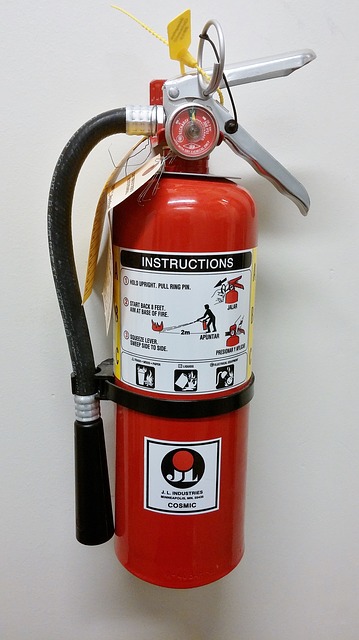 Self-inspections form an integral component of an effective fire safety management programme.
Self-inspections form an integral component of an effective fire safety management programme.
The main objective of them is to ensure that housekeeping & fire safety disciplines are maintained and fire protection measures & procedures are fully functional. This process plays a valuable role in complimenting the legal process of risk assessment under the Regulatory Reform (Fire Safety) Order and parallel legislation in Scotland and Northern Ireland. It will also help to demonstrate to Insurers and enforcing authorities a proactive approach to fire safety responsibilities, as well impacting on the management of property and business interruption risks.
General Principles of Fire Safety Self Inspections
- The self-inspection process should be designed and managed to identify adverse fire safety conditions and ensure corrective action is taken.
- Inspections should be tailored to the specific needs of the premises, processes and activities that are conducted in terms of depth and frequency. All areas of the premises should be embraced, including storage yards. A frequency of weekly is a commonly adopted baseline, although in some cases a combination of weekly and monthly checks may be employed to suit the circumstances.
- Inspections should be undertaken during normal working hours when the premises are fully operational. Areas of the premises which become silent require special consideration.
- Inspections should be carried out by responsible, suitably trained persons with the full support of management.
- Inspections together with corrective actions should be fully documented and any remedial measures taken without delay.
- Inspection reports should be retained on file and analysed for shortfalls in fire safety discipline.
Specific Features
- Sprinklers
- Other Fixed Fire Suppression Systems
- Fire Hydrants and Brigade Access
- Fire Alarms
- Fire Extinguishers and Hose Reels
- Means of Escape
- Fire Compartmentation
- Flammable Liquids
- Gas Cylinders
- General Housekeeping
- Smoking
- Electrical Installation
- Oil Fired Equipment
- Truck Charging
- Hot Work
- Premises Security
A sample check list which might be used as a base for the development of a bespoke fire safety self-inspection programme can be found at: http://www.riskstop.co.uk/wp-content/uploads/2013/11/Fire_Safety_Self_Inspections.pdf
Information kindly supplied by Liverpool Victoria.












Leave a Reply